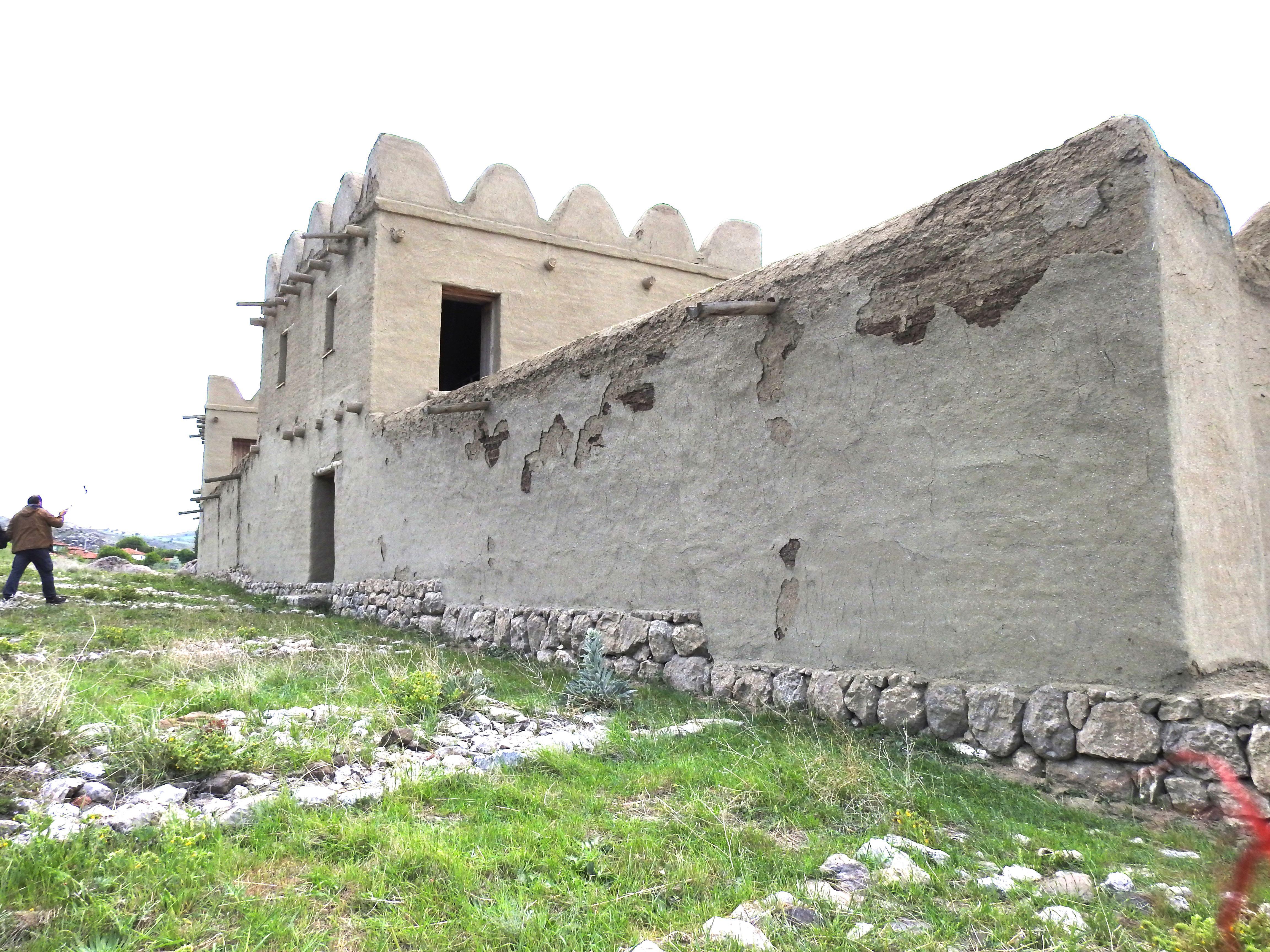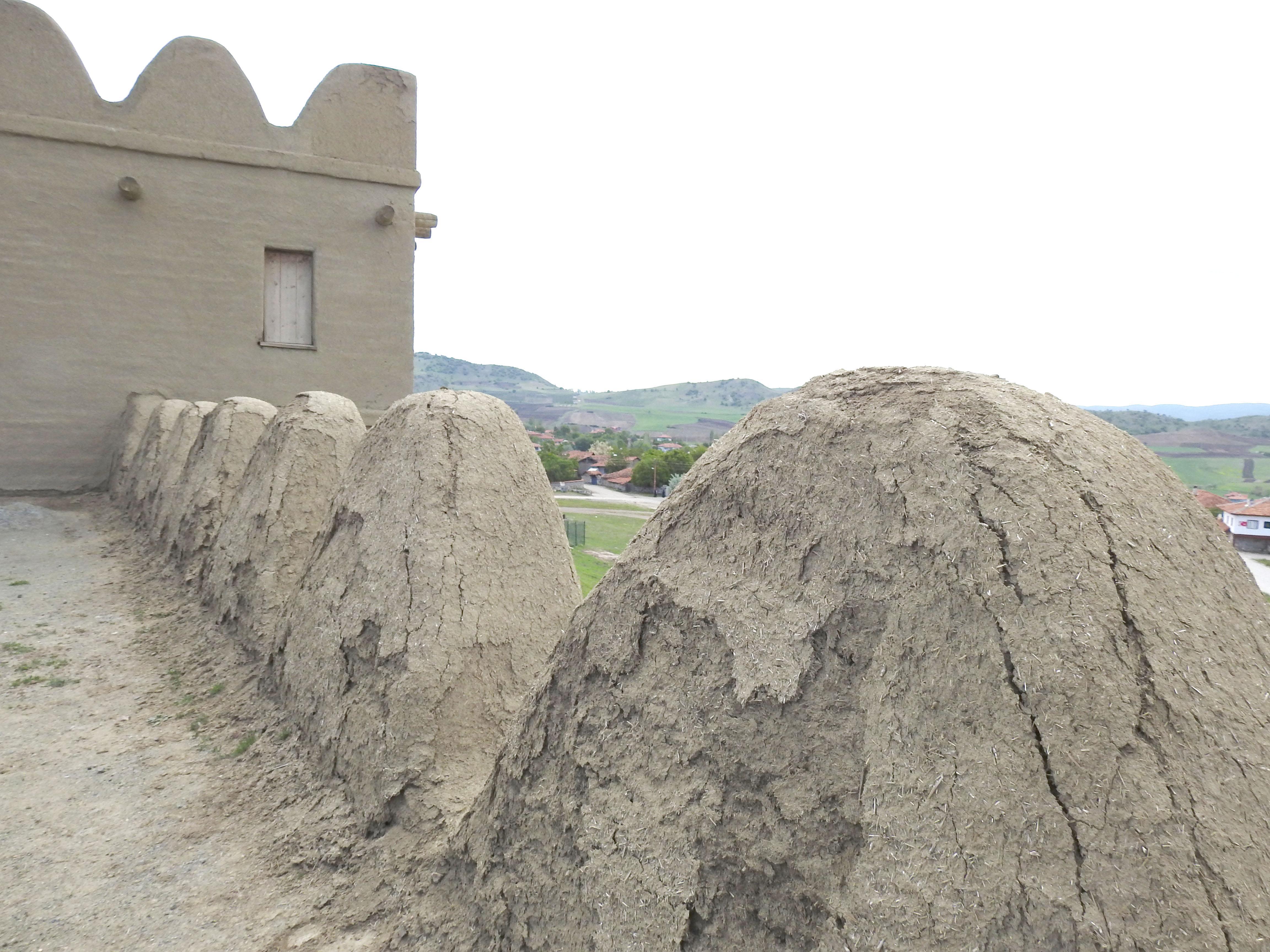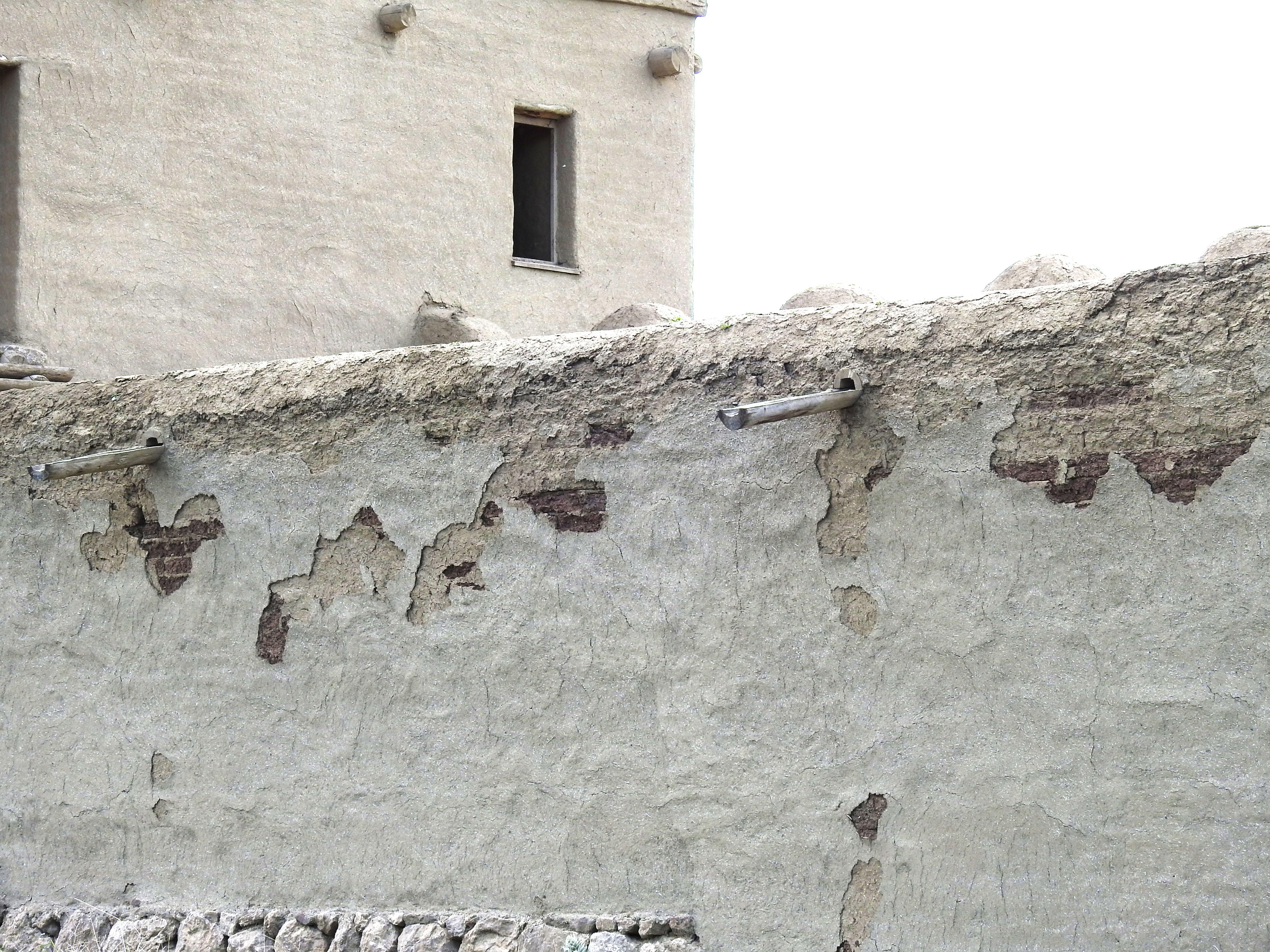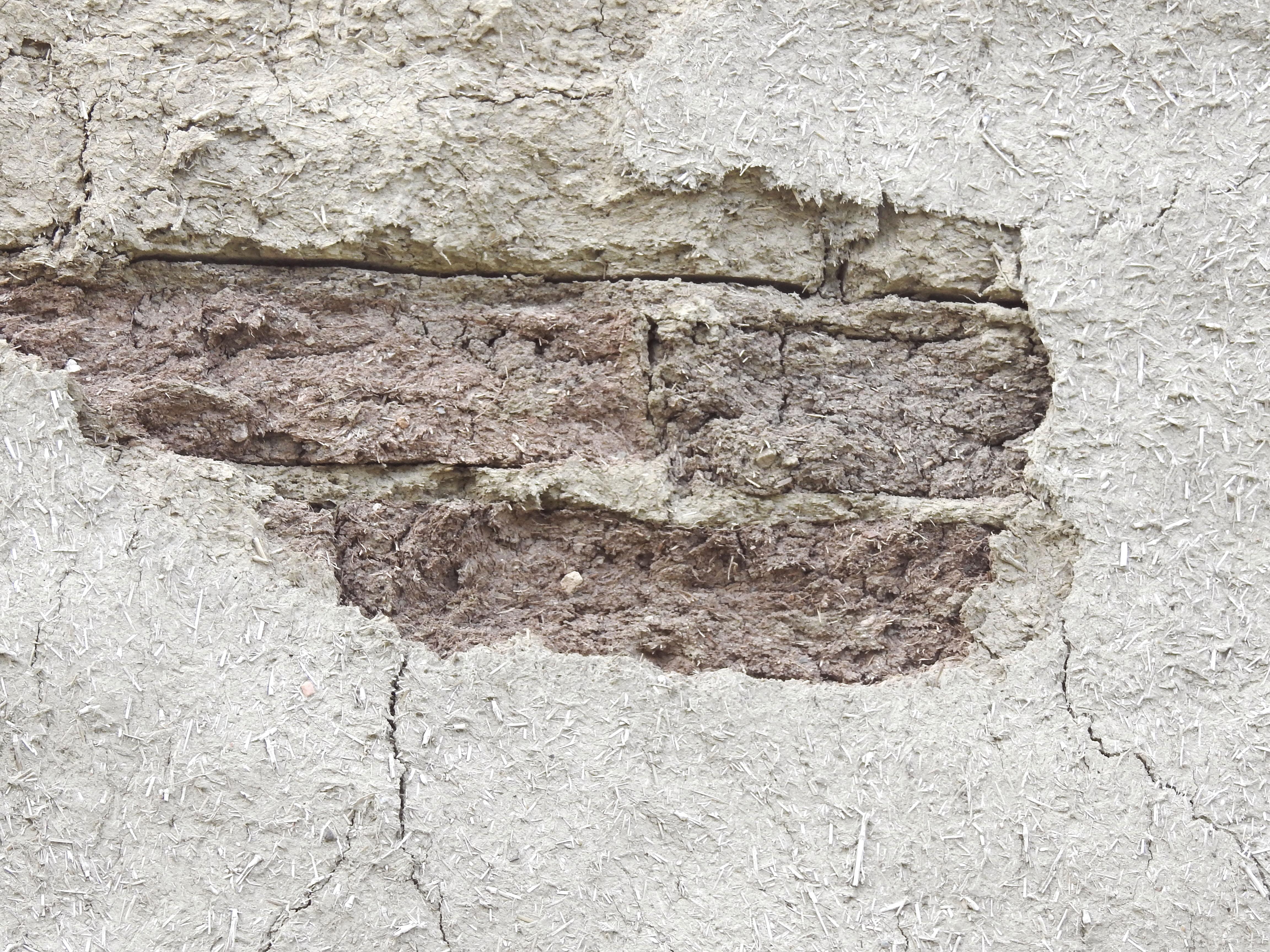Hittite capital Hattusha: A victim of the Germany-Turkey diplomatic spat
Özgen Acar

I recently visited Çorum with a group of friends to see and to learn about the history of Anatolia. But this time I returned from Çorum, which I have visited countless times before, with sadness.
Çorum and its vicinity was the homeland of the Hattis around 3,000 B.C. It then became the center of the Hittites around 2,000 B.C. Our travel route included the capital of the Hittites, Hattusha (Boğazkale), which was the first empire in Anatolia, neighboring Arinna (Alacahöyük) and Şapinuva (Ortaköy), as well as three museums in the region.
The magnificent Hattusha, where the German Institute of Archaeology had worked since 1906, is inscribed on the UNESCO World Heritage List.
Tourists have stopped coming to Çorum
Over 25,000 foreign tourists have come to Çorum to see these unique historical sites. But last year the number of foreign tourists fell to 2,000, amid the wider struggles of the Turkish tourism industry. Hotels and restaurants were empty and many employers in these facilities have been dismissed.
No permission for Germans
Last year the Culture and Tourism Ministry did not give permission to the German Institute of Archaeology, which had carried out the excavations and restorations in Hattusha (Boğazkale), amid ongoing diplomatic tension between Turkey and Germany.
Acquaintances who have been working on the excavations at Boğazkale told me about the sad state of affairs at the site.
“Every year, three people were used to work in the excavations over 12 months. Some 55-65 people worked during the excavation season for around three months, and up to 15 were working on restorations. All workers were registered staff. The Germans who worked here spent up to 900,000 Turkish Liras here every year. Obviously the area benefited greatly from this money,” one said.
Destruction in the fortification wall
Dr. Jurgen Seeher, who previously worked as the head of Hattusha excavations, in 2013 started restoring a 65-meter section of the 6.5-kilometer walls. The restoration has been ongoing for three years, but bureaucratic obstacles and the bilateral tension brought it to a halt this year.
“We will abide by the methods used by the Hittites. They built the palace using adobe. The big stone in the foundation was made of adobe bricks and there was a seven-meter-high wall. We will make a first in the world in the field of experimental archaeology and show visitors the Hattusha of those years,” Seeher said.
Seeher was succeeded as head of excavations by Dr. Andreas Schachner, who stressed the difficulty of the restoration.
“Some 2,400 tons of adobe soil, 100 tons of straw and 1,500 tons of water have been used. They were mixed and 64,000 adobe bricks were produced. We have followed the methods of the Hittites,” he said.
As the Culture and Tourism Ministry did not grant excavation or restoration permits to the Germans in the team in 2016, the adobe walls were not maintained last year. I personally observed with sadness in my last trip that there were partial collapses in the wall due to the effects of snow, rain and sun. (Photos A1-A2-A3-A4).

A1

A2

A3

A4
AKP reaction in Çorum
While it was still working at the site, the German Institute of Archaeology proposed the transfer of a one-hectare public field in Çevizliköm within the borders of Boğazkale ancient site to the Culture and Tourism Ministry, in order to conduct excavation and restoration works there.
However, the Çorum provincial assembly, dominated by members of Turkey’s ruling Justice and Development Party (AKP), objected to this proposal last year. Members of the assembly cited “intelligence work” carried out by German foundations and said “local” excavations should be carried out. In justifying the refusal, one member even mentioned the German Parliament’s recognition of the 1915 killings of Ottoman Armenians as genocide.
In the April 16 referendum on shifting Turkey to an executive presidential system, 83 percent of people in Boğazkale voted “yes” and 65 percent of people in Çorum voted “yes.”
A comparison
Under the inspection of the Culture and Tourism Ministry, last year 28 million Turkish Liras were allocated for a total of 560 excavations carried out by Turks.
In other words, the average budget for each excavation was 50,000 liras, whereas the German archeologists were spending up to 900,000 liras every year in Hattusha alone.
Meanwhile, daily Milliyet recently reported that excavation works in the ancient city of Kyzikos in the northwestern district of Erdek will be finished early because of the lack of funding allocation.
Let’s remember that 27 million liras was spent on the restoration of Abdulhamid II’s Hamidiye Mosque in Istanbul’s Yıldız Park. President Recep Tayyip Erdoğan reopened this mosque back in July.
Some there was 4.27 million allocated for the restoration of a single mosque but 28 million liras allocated for 560 scientific excavation excavations.
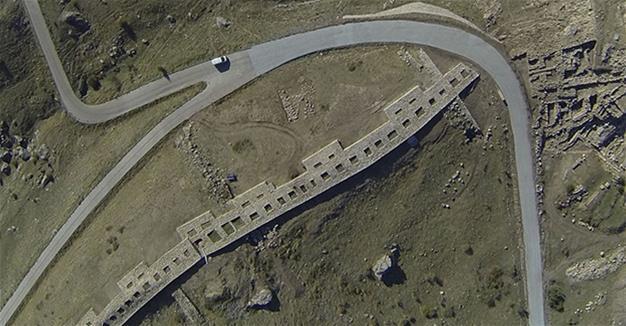 I recently visited Çorum with a group of friends to see and to learn about the history of Anatolia. But this time I returned from Çorum, which I have visited countless times before, with sadness.
I recently visited Çorum with a group of friends to see and to learn about the history of Anatolia. But this time I returned from Çorum, which I have visited countless times before, with sadness. 